Tips to Deal with Re-order Paragraphs for PTE Reading
4 min read
Updated On
-
Copy link
Find out the tips to deal with re-order paragraphs for PTE Reading with proper strategies to identify the introductory, supporting, and concluding sentences. This article helps you with scoring tricks to avoid common mistakes and improve accuracy!
Table of Contents

Limited-Time Offer : Access a FREE 10-Day IELTS Study Plan!
Understanding how different sections of a text link to one another is a crucial indicator of strong English language abilities. A lengthy paragraph is composed to convey an essential message. The different phrases and sections have a significant impact. Together, they express the text’s meaning in a way that enhances each other.
The Reorder Paragraph questions in the PTE Academic Reading portion effectively assess the candidate’s ability to comprehend the meaning and organize accordingly.
What do you require in order to excel at anything? A mastery of the basics. So, if you are looking to master re-order paragraphs, this article is for you as it discusses tips to deal with re-order paragraphs PTE Reading tips.
Purpose of Re-order Paragraphs in the PTE Exam
In the PTE re-order paragraph, you’ll notice incorrectly placed phrases or sections from a text. You must drag and drop the paragraphs into the appropriate spots. Understanding the relationships between sentences and paragraphs is a crucial competency in this situation.
Depending on the context, it could be a grammatical relationship between a noun in one section and a pronoun in another, or it might be a logical relationship between the cause and the result in two different paragraphs.
How Does the Scoring of Re-order Paragraphs PTE Reading Questions Work?
- The PTE exam has about 2-3 reorder questions in the reading section. And there is no specific time allotted to complete on a per question basis.
- However, the total time allotted to complete the reading section is 30 minutes.
- Besides, you should also remember that there is no negative marking in the PTE exam, so you should always aim to attempt all the questions.
Grab your hands on our all-in-one PTE prep courses?
These top-notch PTE programs are designed just for you!
Tips for Approaching Re-order Paragraphs PTE Reading Questions
Read the questions carefully.
- To tackle this question, you should always read all of the question’s options attentively.
- Reading carefully helps you comprehend the primary concept of the text and allows you to narrow down the alternatives for the opening line.
Try to identify the primary or first sentence.
- The first sentence of the paragraph may contain an introduction to anything, but these are autonomous sentences with no connections.
- When identifying the primary sentence, always search for the one statement that clearly introduces a person, a location, or an idea.
- It is simpler to locate additional sentences that come immediately before or after a sentence containing terms like initially, ultimately, proceeding, following, referenced below/above, and so on.
- These phrases typically include questions, examples, the beginning of a story, narrative, or both.
Look for concluding sentences.
- Every text has a core concept or theme. It can be found in either the first or last sentence.
- The paragraph’s final sentence includes some logical details and conclusions.
- If the primary concept is stated in the first sentence, the phrases that follow will provide logical information.
- There may be some instances linked to the subject as well.
- If the key concept appears in the final line, the phrases before it will state some facts.
- These facts allow you to make a conclusion from them. Another technique to identify the conclusion phrase is to look for transitional terms like ‘therefore,’ ‘therefore,’ ‘it indicates that,’ and many more.
Logically arrange the subsequent sentences.
- Identifying the subsequent phrases can be the most challenging element of this type of question.
- As a result, you should constantly search for information that covers actions or information that follows the same order of information.
- Besides that, sentences having connectives always refer to people or events mentioned in previous sentences.
- Some examples of connectives are: although, though, if, till, since, but, after, alternately, besides, then, yet, because, consequently, and, when, meantime, so, nevertheless, for, whoever, whatever, whenever, hence, whereas, etc.
- Certain phrases in specific paragraphs support an argument, while others refute it.
- By separating the supporting and opposing sentences into two groups, the sentence order can become apparent.
Ways articles can help you determine sentence order.
- Articles (a, an, and the) can be beneficial in skipping sentences that cannot be the focus sentence in some cases.
- The article ‘the’ is used to refer to a specific item or person. It’s also used after someone or something has already been presented. When introducing anything for the first time, “a” or “an” are used.
- They are also used to express broad information.
Ways pronouns can help you determine sentence order.
- Pronouns such as he, she, they, it, them, their, him, and so on are not frequently used in first sentences since they are used after the person has previously been introduced.
- Moreover, phrases containing proper nouns like names of people, places, or structures or abstract nouns such as kindness, beauty, and so on are frequently found in the first half of the paragraph.
Now, practice these types of questions from the PTE practice tests and achieve a good score in the exam. Re-order Paragraph questions in the PTE Reading are not just about moving sentences around but also they test your logical thinking and grammatical understanding. These tips to deal with Re-order Paragraphs for PTE Reading will surely help you achieve your dream score, cheers!
Useful Links:
Other PTE Exam Related Articles

Start Preparing for IELTS: Get Your 10-Day Study Plan Today!
Recent Articles
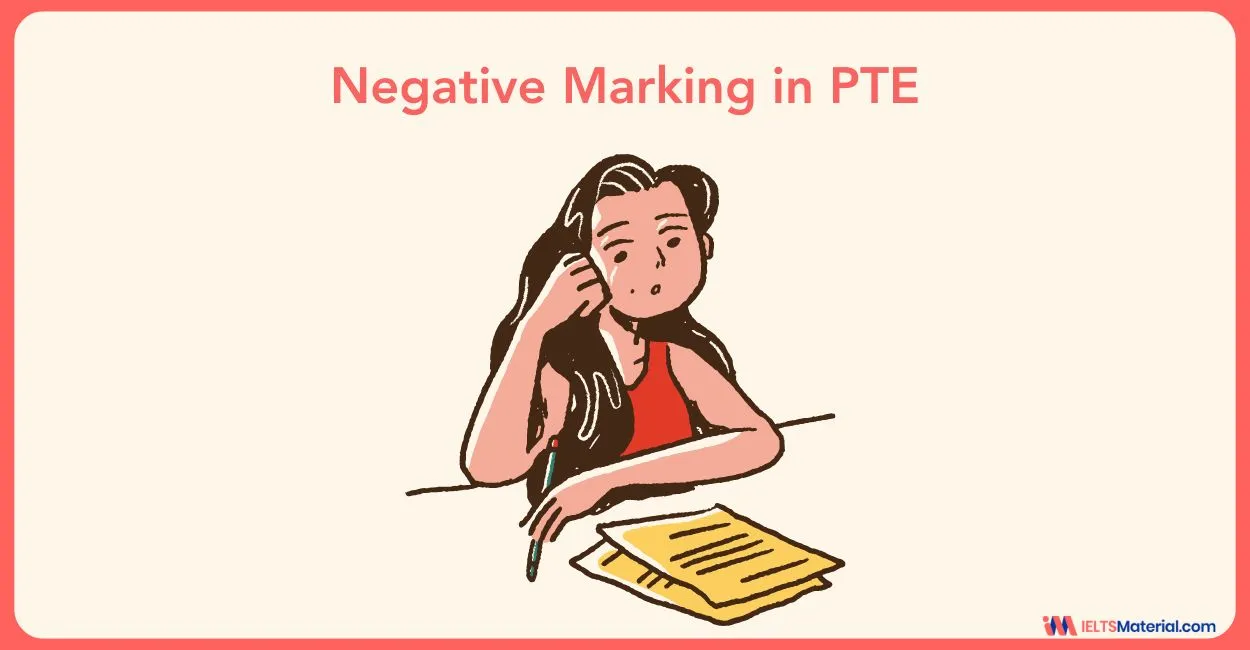
Kasturika Samanta
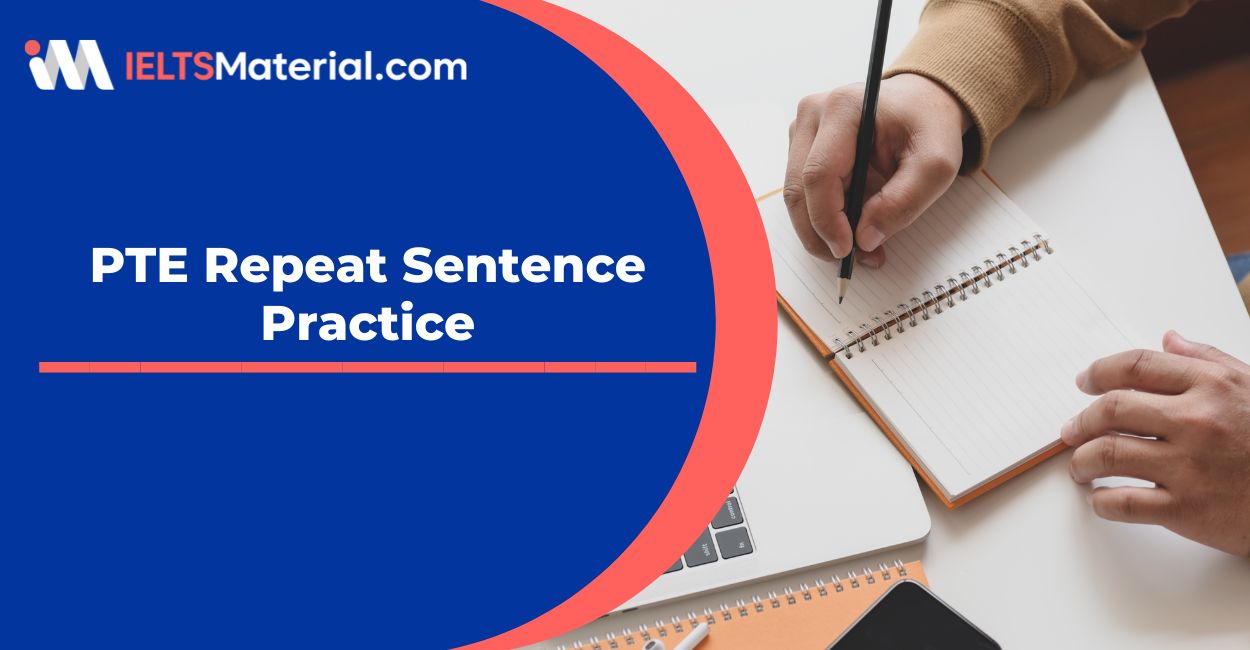
Kasturika Samanta
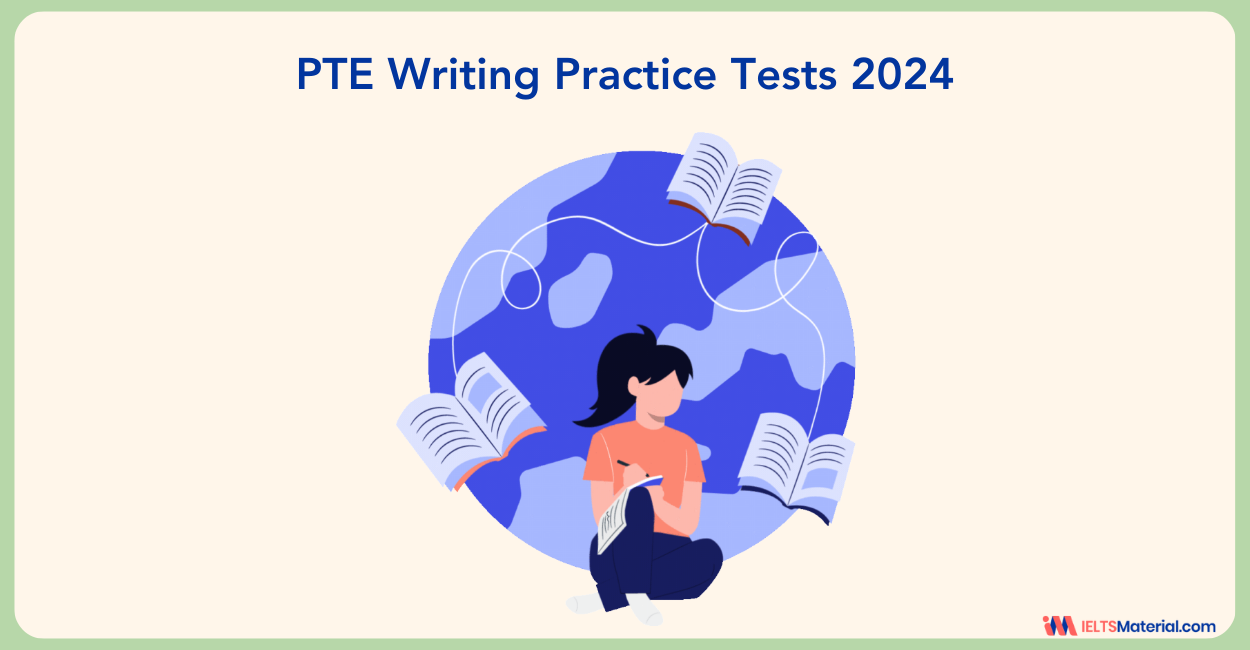
Kasturika Samanta
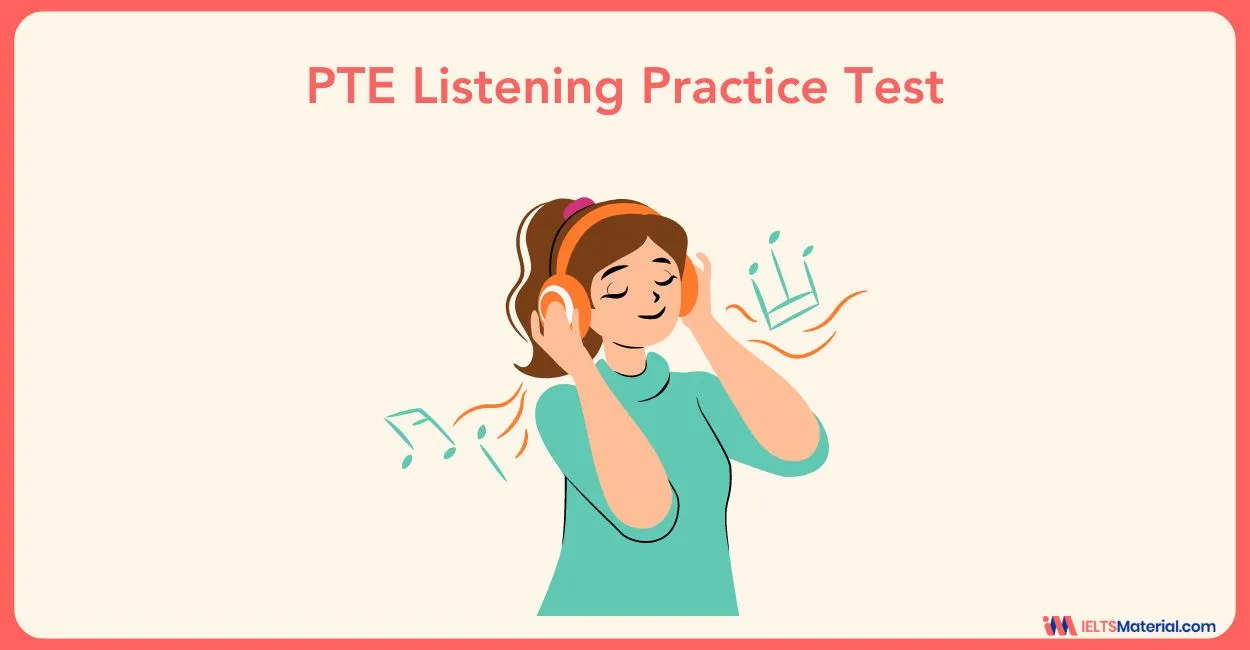
Prity Mallick
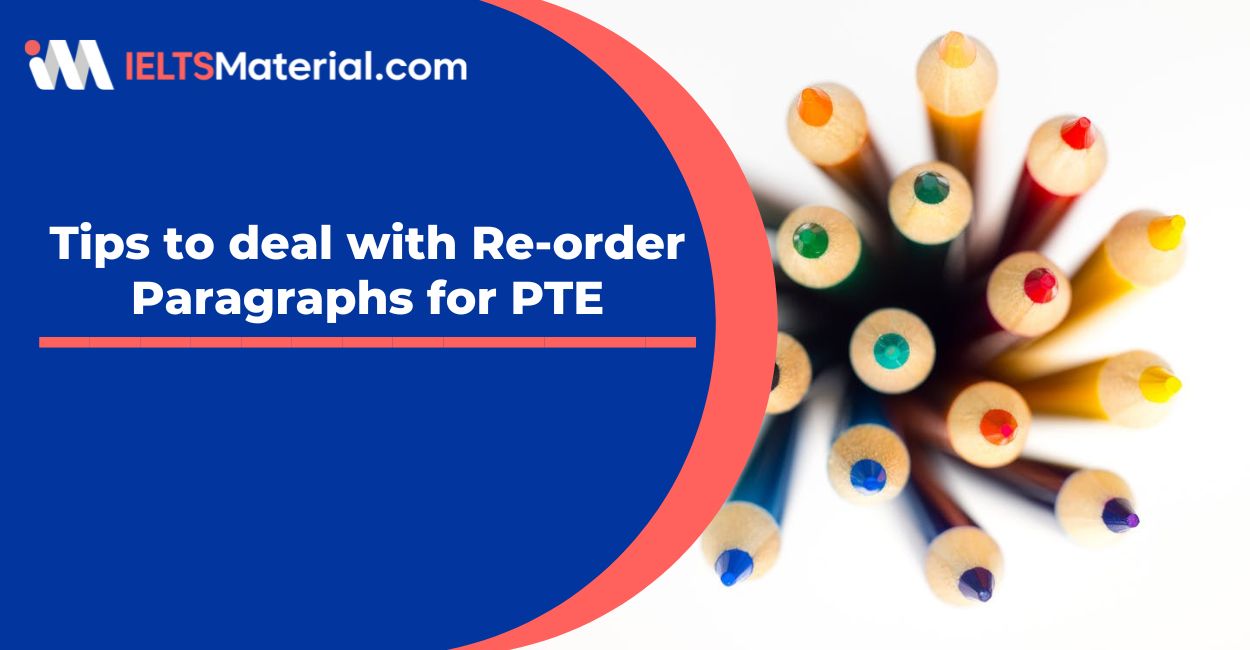



Post your Comments